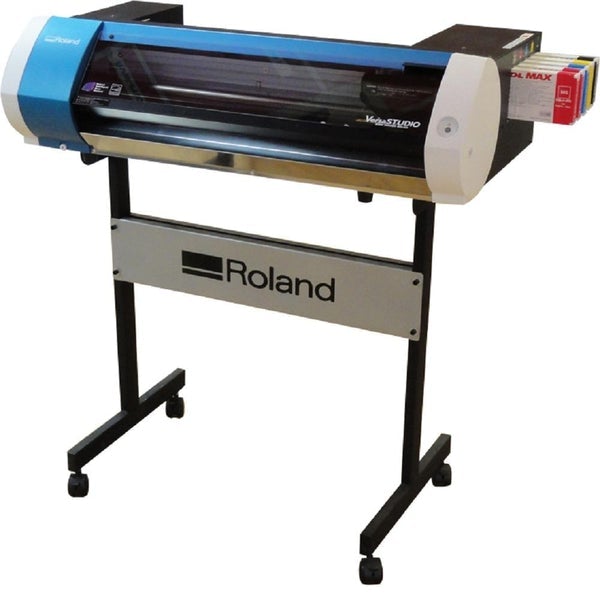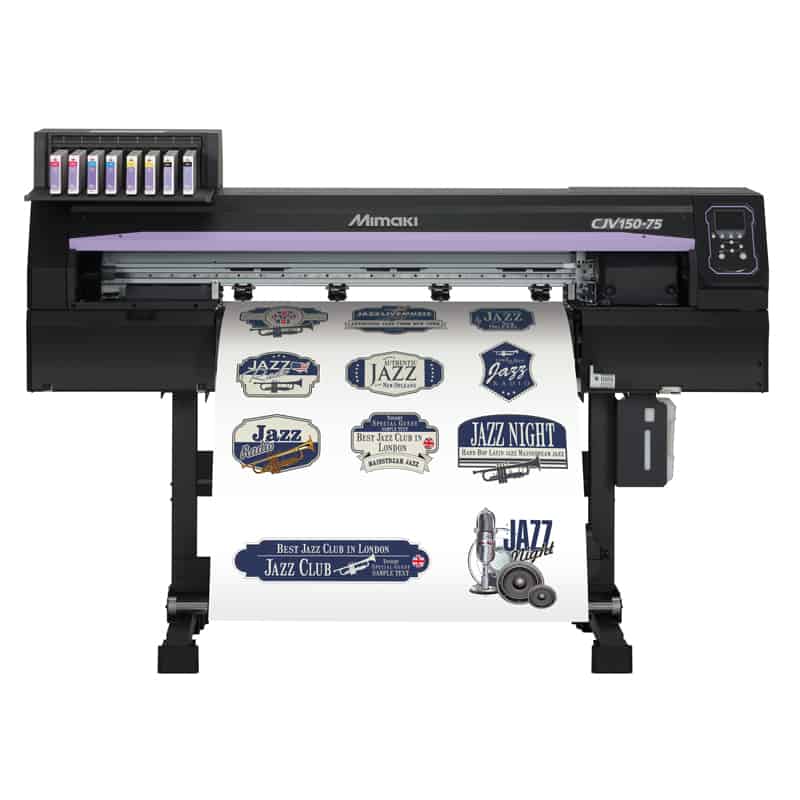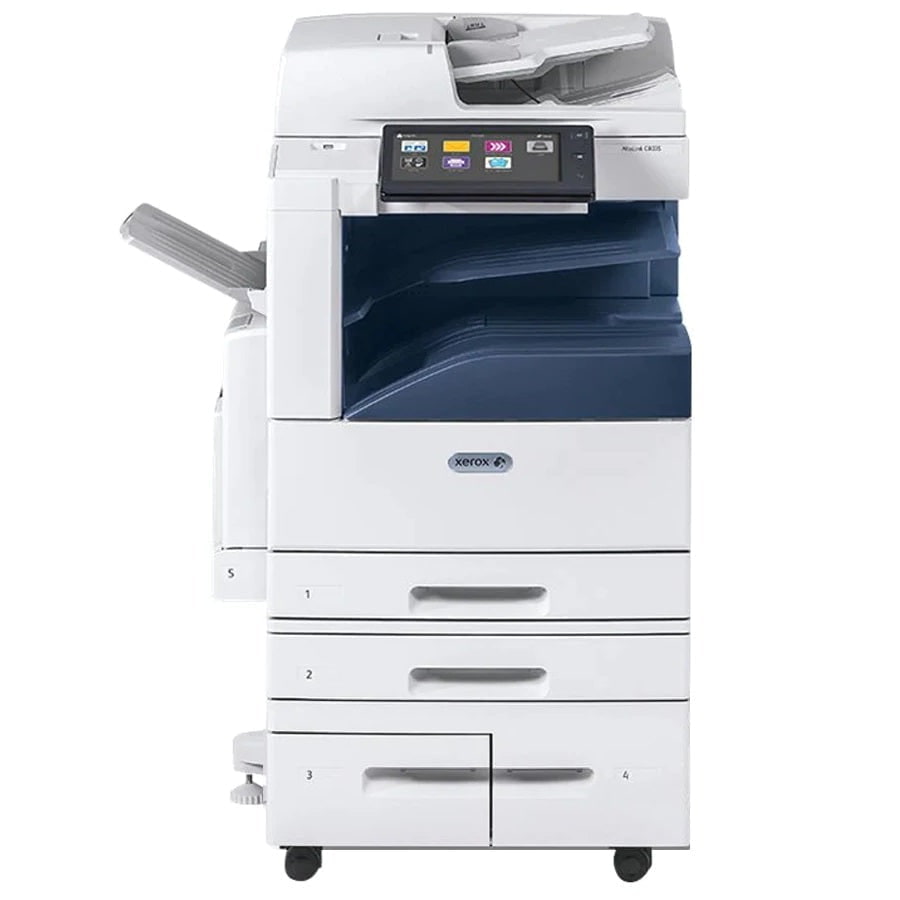In today's fast-paced digital age, where instant gratification and convenience are paramount, the art of film photography continues to hold a special place in the hearts of many enthusiasts. There is a certain charm and authenticity in capturing moments on film that cannot be replicated by digital technology alone. However, with the rise of digital printing, it has become increasingly challenging to find reliable information on direct to film transfer printers. That's why we've crafted this comprehensive guide to help you navigate the world of direct to film transfer printers and make informed decisions.
Understanding Direct to Film Transfer Printers
Direct to film transfer printers, also known as film positive printers, play a crucial role in the screen printing industry. They are used to create high-quality film positives or negatives, which serve as the foundation for producing screen-printed designs. These printers utilize advanced technologies to directly transfer digital images onto transparent films, enabling accurate reproduction of intricate details and precise color separations. By employing direct to film transfer printers, screen printers can streamline their workflow, reduce costs, and achieve superior print quality.
Key Features to Consider
-
Resolution and Image Quality: When evaluating direct to film transfer printers, resolution is a critical factor to consider. Look for printers with high optical resolution, as it ensures sharpness and clarity in the final film output. Additionally, pay attention to the printer's color management capabilities to ensure accurate color reproduction.
-
Film Size Compatibility: Different printers support varying film sizes. Consider the maximum film size you require for your printing needs, whether it's standard letter size or larger formats like tabloid or A3.
-
Ease of Use and Workflow: A user-friendly interface and intuitive software can significantly enhance your printing experience. Look for printers that offer efficient workflow solutions, such as automated film cutting and advanced software features for color separation and image manipulation.
-
Ink System: Direct to film transfer printers employ different ink systems, including dye-based and pigment-based inks. Dye-based inks offer vibrant colors but may fade over time, while pigment-based inks provide enhanced durability and longevity. Choose the ink system that aligns with your specific requirements.
-
Support and Reliability: Opt for printers from reputable manufacturers known for their excellent customer support and reliable product performance. Read reviews and seek recommendations from industry professionals to gauge the overall satisfaction and dependability of the printer you are considering.
Benefits of Direct to Film Transfer Printers
Direct to film transfer printers offer numerous advantages that make them a preferred choice for screen printers:
-
Cost-Efficiency: By eliminating the need for costly intermediate steps like film output and image setters, direct to film transfer printers reduce production costs significantly. You can produce high-quality film positives in-house, saving both time and money.
-
Time Savings: With direct to film transfer printers, you can streamline your production process by eliminating the time-consuming steps involved in traditional film printing. Instant film output allows you to expedite the screen-making process and meet tight deadlines efficiently.
-
Greater Control and Flexibility: Direct to film transfer printers grant you complete control over the film production process. You can make real-time adjustments to color separations, fine-tune image settings, and achieve precise registration, resulting in superior print quality and reduced wastage.
-
High-Quality Output: Thanks to advanced printing technologies and superior image resolution, direct to film transfer printers offer exceptional print quality. Fine details, smooth gradients, and accurate color reproduction are all achievable, ensuring your screen prints are of the highest standard.
-
Sustainability: By reducing or eliminating the need for chemical-based film processing, direct to film transfer printers contribute to a greener and more environmentally friendly printing process. This aligns with the growing demand for sustainable practices across various industries.
Choosing the Right Direct to Film Transfer Printer for Your Needs
Selecting the most suitable direct to film transfer printer can be a daunting task, given the variety of options available in the market. To make an informed decision, consider the following factors:
-
Printing Volume: Assess your printing requirements in terms of volume. Determine whether you need a printer for occasional small runs or if you require a high-capacity printer capable of handling large-scale production.
-
Budget: Set a realistic budget for your direct to film transfer printer investment. Consider the long-term savings and potential revenue generation associated with in-house film production.
-
Integration and Compatibility: Ensure the printer you choose seamlessly integrates with your existing workflow and software. Compatibility with popular design software like Adobe Photoshop and Illustrator is essential for a smooth transition.
-
Expandability: Anticipate your future needs and growth potential. Opt for a printer that allows for upgrades and expansions, ensuring you can adapt to changing business demands without the need for a complete overhaul.
-
Industry Reputation: Research the reputation and track record of the printer manufacturer. Choose a reliable and well-established brand known for delivering high-quality products and exceptional customer support.
Conclusion
Direct to film transfer printers play a vital role in the screen printing industry, enabling precise and efficient reproduction of designs. By understanding the key features, benefits, and factors to consider when choosing a direct to film transfer printer, you can make an informed decision that aligns with your specific needs and business goals. Embracing this advanced technology empowers you to take control of your screen printing process, reduce costs, improve efficiency, and deliver outstanding print quality.





















![Absolute Toner $99/Month [70.2"] New JAGUAR V-LX GCC J5-163LX 70.2" Inch media (64" Inch cutting size) Vinyl Cutter/Plotter FREE Media Basket (PPF,Tinting and more..) Vinyl Cutters](http://www.absolutetoner.com/cdn/shop/files/gcc-jaguar-v-lx-black-1.jpg?v=1696898316)







